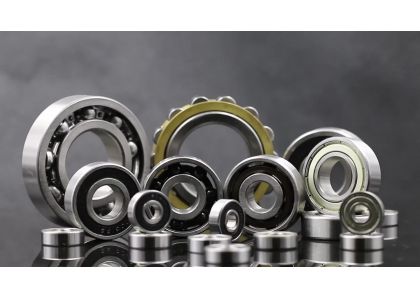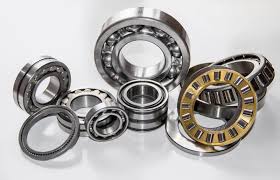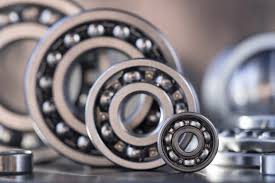INDUSTRY NEWS
Bearing Selection Guide: How to Choose the Right Bearing for Your Application

Bearings are machine elements that allow components to rotate or move relative to each other with minimal friction. They are used in almost every piece of equipment with rotating parts, from small motors and pumps to large turbines and generators. With so many types, sizes and precision levels of bearings available, how do you go about selecting the right one for your specific application? Here are some key factors to consider in your bearing selection process:
Bearing Type. The type of bearing you choose depends on the motion and load involved as well as operating conditions. Options include ball bearings, roller bearings, needle bearings, thrust bearings, etc. Ball bearings and roller bearings are good for heavy radial and thrust loads, while needle bearings are suitable for high-precision applications with light loads. Choose a bearing type that can handle your required motion and load capacities.

Size. Bearing size mainly refers to its outside diameter and bore diameter. Choose a bearing that fits properly onto your shaft with necessary clearances. An oversized or undersized bearing will either be unstable or fail prematurely. Also consider the space limitation in your application—the chosen bearing must have a suitable outer dimension to fit in the given space.

Load and Speed Rating. Bearings are rated by dynamic load capacity, static load capacity, and limiting speed. The load rating must be high enough to handle your operating loads without premature failure. The speed rating should exceed your required operational speed. Exceeding these ratings will reduce bearing life and performance.
Material and Cage Type. Bearing material and cage type affect its mechanical properties and suitability for certain operating conditions. Common options include steel, stainless steel, and ceramic. Steel bearings are good for general purposes. Stainless steel has high corrosion resistance. Ceramic bearings can handle high heat and corrosive environments. Metal cages provide rigidity while non-metals cages produce less friction. Choose a combination that suits your operating environment.
Precision. Bearing precision indicates the dimensional tolerance and surface roughness of bearing components. Tight tolerances and smooth surface finishes are required for high-speed and high-precision applications. Standard precision is good enough for most normal industrial uses. Only opt for higher precision when your application really needs it due to cost considerations.
Sealing and Lubrication. Sealed or shielded bearings have built-in seals to keep lubricants in and contaminants out. Lubricated bearings come pre-packed with grease or oil. The sealing and lubrication method chosen depends on your operating conditions and maintenance capabilities. Properly lubricating your bearings during installation and operation is key to achieving their maximum service life.
By evaluating your application based on these critical factors, you can determine a suitable bearing type, size, load rating, speed rating, material, precision level, and sealing/lubrication method. Making the right choices will help maximize bearing performance, life, reliability, and cost-effectiveness. Let me know if you have any other questions on bearing selection. I would be happy to provide more guidelines and recommendations.
E-mail:kevin.h@stockbearing.com
What's App:+86 18753115023